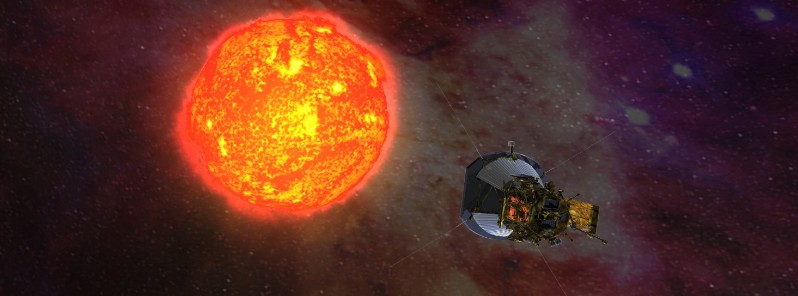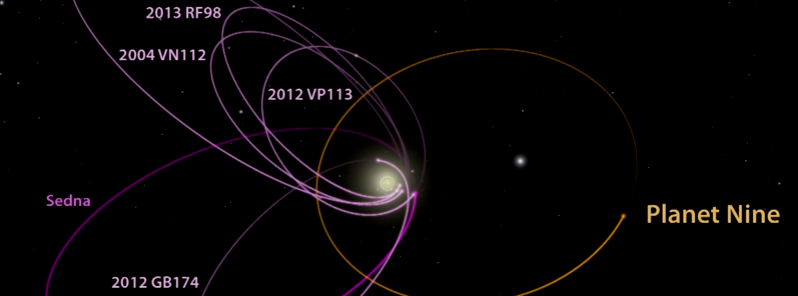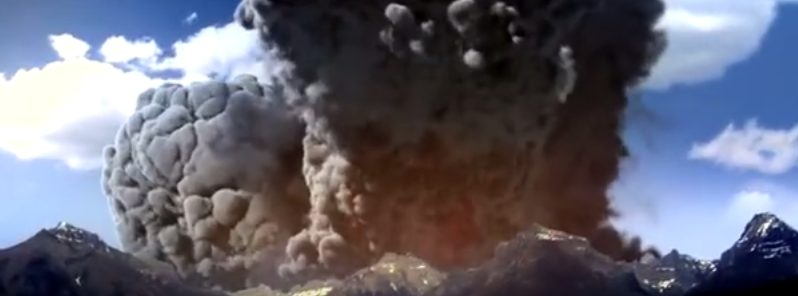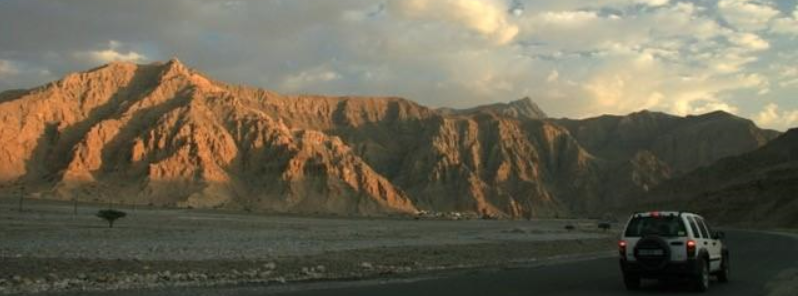Editorschoice
Solar Probe Plus to fly into the Sun’s upper atmosphere…
Tuesday, August 9, 2016
Venus’ early climate could have sustained life
Tuesday, August 9, 2016
New form of light created
Saturday, August 6, 2016
Deep space radiation linked to higher cardiovascular mortality in astronauts
Wednesday, August 3, 2016
Venus weather patterns reveal planet’s surface
Saturday, July 30, 2016
Planetary thermostat counteracting the warming effect by removing the carbon…
Friday, July 29, 2016
Tropopause cooling a part of natural decadal cycle
Thursday, July 28, 2016
Study points to a new paradigm in the star and…
Wednesday, July 27, 2016
Planet Nine may have caused orbital tilts of all Solar…
Friday, July 22, 2016
Super-eruptions may give warning signs only one year ahead
Thursday, July 21, 2016
Study shows neutrinos can exhibit quantum superposition states
Thursday, July 21, 2016
Why life on Earth took 5 million years to recover…
Tuesday, July 19, 2016
From the same category
Most read
Tel Aviv breaks 85-year April temperature record, Israel
April 26, 2024
Shallow M6.0 earthquake hits Mid-Indian Ridge
April 27, 2024
The Weekly Volcanic Activity Report: March 20 – 26, 2024
March 29, 2024
Subscribe to our newsletter
Use the form below to have our daily news roundup delivered to your inbox every day at midnight UTC.
The newsletter is free and you can unsubscribe anytime.
Thank you!
You have successfully joined our subscriber list.






